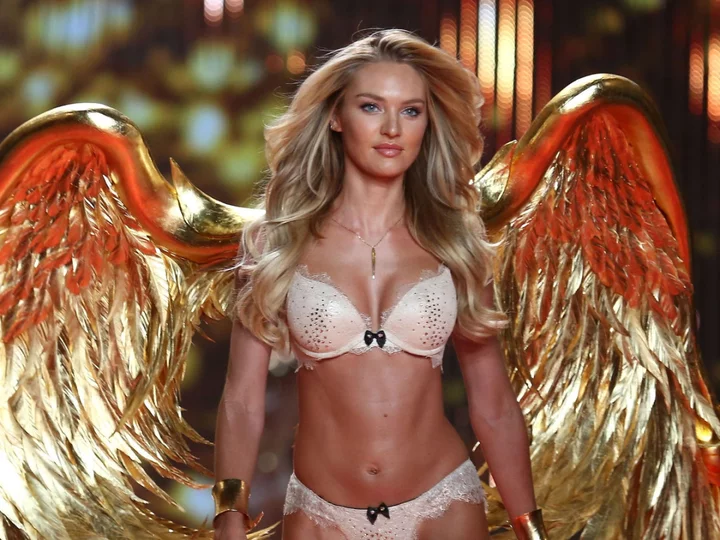
Victoria’s Secret was never feminist – why are they bothering to try now?
Wings! Fake tans! Low body mass indexes! For millennial women, the Victoria’s Secret Fashion Show was an annual reminder of the myriad ways in which we were failing to adhere to exacting and exhausting beauty standards. When it was cancelled in 2019, few mourned it. But fashion loves a comeback story, and today the company unveiled Victoria’s Secret: The Tour ’23 on Amazon Prime Video, its first televised catwalk event in five years. According to the company, the feature-length film is the “ultimate expression” of their ongoing efforts to rehabilitate a brand that has been mired in scandal. Alongside long-standing criticisms over promoting an unrealistic body image, the company’s former marketing executive Ed Razek was also accused of behaving inappropriately with models in a New York Times report (he described the allegations as “categorically untrue, misconstrued or taken out of context”) and a recent Hulu documentary Angels and Demons explored troubling links with convicted sex offender Jeffrey Epstein. “Visually, strategically, everything about it is the incarnation of where the brand is going,” Victoria’s Secret president Greg Unis has said. Instead of the usual structure, which was centred around a straightforward runway show, The Tour ’23 is roughly divided into quarters, each focusing on one of four locations: Lagos, Nigeria; Bogota, Colombia; Tokyo, Japan; London, the UK. In each city, a local designer has dreamed up their own fashion collection to be modelled by the likes of Naomi Campbell, Emily Ratajkowski, Adut Akech, and Gigi Hadid, who does double duty as the show’s narrator. In London, the chosen designer is Michaela Stark, whose corsets aim to celebrate a diverse range of body shapes, rather than constrict them. She agreed to take part in the VS show 2.0, she suggests, so that she could counteract the damaging messages put out by the original runways. “It was a big thing” when she was a teenager, she recalls, “but it was also that culture around it, of not wanting to eat after you saw it”. Her comments inadvertently raise a question that looms over the whole production: can you ever truly detoxify a brand practically built on the insecurities of a generation of women? Founded by Roy Raymond in the late Seventies, who felt awkward buying lingerie for his wife in his local department store, Victoria’s Secret began life as a women’s underwear shop aimed specifically at men. In 1982, Raymond sold the business to Limited Stores founder Les Wexner for $1m; Wexner went on to transform the brand, envisaging it as a more affordable version of the fancy European label La Perla. In 1995, when the company was facing competition from Wonderbra, the first Victoria’s Secret Fashion Show took place at the Plaza Hotel in New York City. It proved successful enough to become an annual event. In 1999, the show was streamed on the internet for the first time, prompting the website to crash as 1.5 million users tried to tune in. Two years later, the VS show celebrated its inaugural TV broadcast, during which the National Organisation for Women (NOW) protested outside a New York branch of the shop. “Some people are terribly blase about this, that this is not a big deal, that we ought to be used to this kind of daily sexuality,” Sonia Ossorio, NOW’s vice president for public information, said at the time. “But I think we need to keep questioning the ever-extending sexualisation of women in mass media.” The following year, NOW branded the event a “softcore porn infomercial”. By then, the blueprint for future VS shows had been set. A lineup of models would don bras encrusted with millions of pounds worth of jewels and embarrassingly themed lingerie (never forget Cara Delevingne’s god-awful outfit circa 2013: a sort of miniature shell suit likely pitched in the boardroom as “sexy football fan”). Somewhere between the models, a famous singer would pop in for a brief performance; if they were a woman, they’d be decked out in a VS creation of their own (Taylor Swift got a particularly raw deal in 2013, too, when she had to wear a Union Jack-inspired number, complete with a tiny red, white and blue top hat). This glittering, over-the-top spectacle, much closer to a beauty pageant than a Fashion Week presentation, spotlighted the world’s most beautiful women – who were not just genetically blessed but worked hard, too, we were told ad nauseam. They had been preparing for the show like endurance athletes, sticking to carefully tailored diets and intense workout schedules. These wing-wearing “Angels” were selling a dream, one that we lesser mortals could supposedly buy into by picking up some synthetic underwear at our nearest Victoria’s Secret branch. But it was their painstaking fitness regimens, not the pants they were wearing, that were the real focus of fascination. In endless interviews, the models were asked to detail exactly how they whittled themselves down to “Victoria’s Secret ready” size – so that we could try and copy them. To combat the criticisms of objectification, the brand relied on its models to pay lip service to just how “empowering” the whole circus was, offering up their take on choice feminism. “There’s something really powerful about a woman who owns her sexuality and is in charge” – model Karlie Kloss was peddling this line to the media as late as 2018. “A show like this celebrates that and allows all of us to be the best versions of ourselves. Whether it’s wearing heels, make-up or a beautiful piece of lingerie – if you are in control and empowered by yourself, it’s sexy.” Naturally, it was very convenient that this “best version of ourselves” aligned with the oppressively narrow conventional standard of sexiness Victoria’s Secret was selling. By the late 2010s, though, as the fashion industry began to (slowly) address its diversity problem, Victoria’s Secret started to seem more and more like an anachronism. As other brands took small steps to spotlight plus-size models on their catwalks and in their advertising campaigns, the VS show remained the preserve of the extremely thin. They had been preparing for the show like endurance athletes, sticking to carefully tailored diets and intense workout schedules Placing white models in culturally insensitive outfits (see: Kloss walking down the runway wearing a Native American-inspired headdress) only added to the glaring PR problem, which was later exacerbated when the brand’s marketing boss Ed Razek made controversial comments about transgender people and plus-size models to Vogue in 2018. “It’s like, why doesn’t your show do this? Shouldn’t you have transsexuals in your show?” he said, apparently recalling questions from critics. “No. No, I don’t think we should. Well, why not? Because the show is a fantasy.” Elsewhere, he claimed “no one had any interest” in seeing bigger bodies on the VS catwalk. Razek later apologised, admitting that his “remark regarding the inclusion of transgender models in the Victoria’s Secret Fashion Show came across as insensitive”. His comments about plus-size bodies went unaddressed. In 2019, against a backdrop of plummeting TV ratings and declining sales, the brand confirmed that the VS show had been cancelled; instead, they said, the company would focus on “evolving” their marketing. The news came just a few months after the revelation that Jeffrey Epstein had provided financial advice to Victoria’s Secret founder Wexner – and had exploited his personal connection to the brand as a means to lure in young women. “Being taken advantage of by someone who was so sick, so cunning, so depraved, is something that I’m embarrassed I was even close to,” Wexner said to investors. “But that is in the past.” He left the company the following year. Since then, Victoria’s Secret has made some high-profile attempts to rectify past missteps. The company brought in a majority female board of directors; they ditched the “Angels” concept in favour of the new “VS Collective” whose ranks include actor Priyanka Chopra, US football star Megan Rapinoe, and plus-size model Paloma Elsesser. Last year, an ad campaign featuring a more diverse array of women was accompanied by the slogan “we’ve changed” – supposedly into something “ever-evolving” and “real”. How much has Victoria’s Secret “changed”, really? The latest show features a handful of plus-size models, Elsesser included, but many of the old VS cohort are present and correct, including Candice Swanepoel, Lily Aldridge, and Adriana Lima. The nods to body diversity can’t help but feel a bit cursory when the overriding vision is still one of impossibly thin women parading up and down a runway – albeit a runway that now snakes around a Brutalist building in Barcelona as opposed to a swanky New York City hotel. The outfits too, are more arty, less skimpy this time around and mercifully there hasn’t been the usual media battery of stories on extreme exercise and diet in the run-up – but that doesn’t mean those practices have ended altogether. “We haven’t forgotten our past, but we’re also speaking to the present,” the brand’s chief creative director Raul Martinez said before the film’s launch. In an era when more inclusive, dynamic lingerie labels, like Rihanna’s Savage x Fenty, reign supreme, the VS show can’t help but seem like a relic. And as long as its legacy of impossible body standards lives on for many of us, any attempts to dress the spectacle up as empowering feel very hollow indeed. Read More Naomi Campbell and Gigi Hadid lead first Victoria’s Secret runway show in five years Victoria's Secret overhauls its racy fashion catwalk in its latest moves to be more inclusive Chioma Nnadi at Vogue: All hail the era of the Black female fashion editor Naomi Campbell and Gigi Hadid lead first Victoria’s Secret runway show in five years Kim Kardashian debuts buzz cut and thin eyebrows for new photo shoot Travis Kelce wears ‘1989’ inspired outfit after leaving NFL game with Taylor Swift
2023-09-27 13:45

Fake Coordinates and Tanker Tricks Expose Shadowy Russian Oil Trade
On a sunny day off the southern coast of Greece last week, two aging tankers nestled next to
2023-09-27 12:52
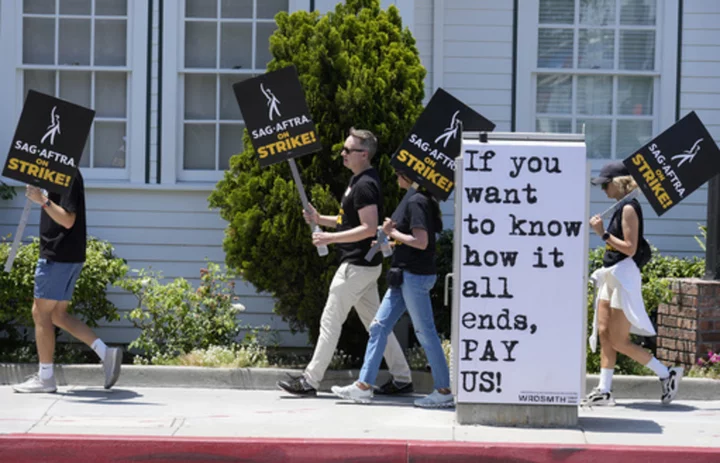
Here’s when your favorite show may return now that the writers strike is ending
The writers strike is over
2023-09-27 09:45
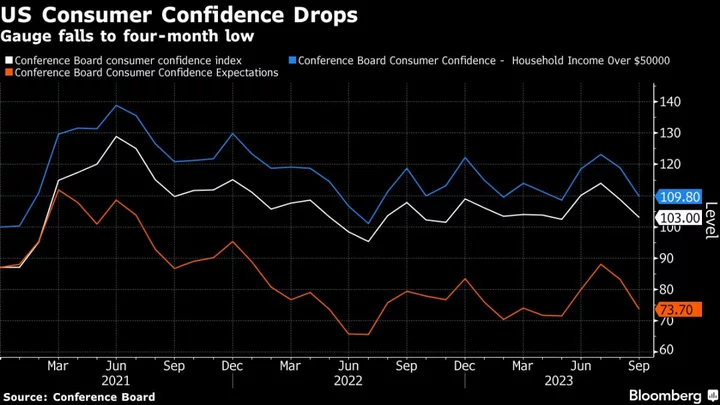
Asia Stocks Set to Decline Amid Bearish Sentiment: Markets Wrap
Asian stocks look set to follow Wall Street lower as investors contemplate a protracted period of higher interest
2023-09-27 07:22
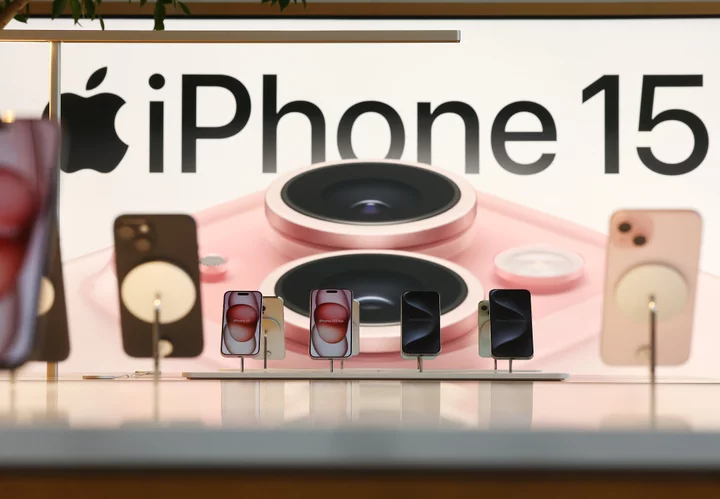
iPhone 15 reported issues are piling up: 5 common problems we're hearing
iPhone 15 owners have had their shiny new device in their hands for a few
2023-09-27 05:49

Cost-of-Living Stress Fuels Crime Wave in Australia, New Zealand
A man strolls out of a New Zealand supermarket carrying bags stuffed with nine stolen legs of lamb.
2023-09-27 04:15
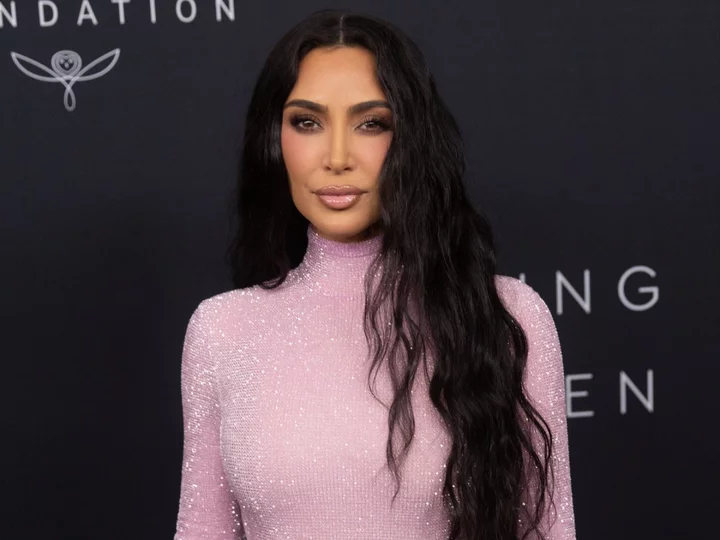
Kim Kardashian debuts buzz cut and thin eyebrows for new photo shoot: ‘Iconic’
From finely cut bangs to platinum tresses, Kim Kardashian isn’t anything if not daring when it comes to experimenting with her hair. The 42-year-old style muse may have just pulled off her most jaw-dropping transformation yet as she posed for the CR Fashion Book 2023 cover with a buzzed head and thinly arched brows. Creative director Youssef Marquis reimagined Kardashian’s long dark locks more frayed and short-ended. The reality star’s predictable sleek, fine appearance was replaced by a rugged and bare style, juxtaposing the very image Kardashian has created for herself. In the photo shoot, Kardashian can be seen stripped of colour and accessories, with only her barely-there brows and almost gone head of hair giving her a bit of edge. Smears of dirt wrapped the lauded A-lister’s arms, chest, and white tank top. Other images displayed the businesswoman with angeled readers, a thick stroke of black eyeshadow under her waterline, a C-cut of makeup drooping down her cheek to the edge of her mouth, and dangling a cigarette by her teeth as she focused on a camera ahead. Her clothing switched from a fitted tank to an oversized sweater and a thin button-down jumper. In the world of CR, Kardashian is both the spectacle and the seer. A soft shimmery gloss coated her eyelids as the only apparent makeup on her face. The cover said, “Kim Kardashian by Nadia Lee Cohen.” On social media, the new look has proven to be a hit among Kardashian’s fans. “Umm, this is iconic,” one fan wrote in the comments under Kardashian’s Instagram post, while another said: “Sooo cool, I love this look on you.” The Skims founder also reflected on her first encounter with the magazine’s Editor-in-Chief, Carine Roitfeld. “I had always heard you were the most stylish person on the planet, and I had your books at my house. We met when I was pregnant with North, and you asked to do my first fashion cover,” she remarked. “I was freaking out. Karl [Lagerfeld] shot it, Riccardo [Tisci] art directed it, and you styled it. I was so nervous and so excited all at the same time.” Kardashian allowed her cover feature for CR Fashion Book to play out exactly as the team had envisioned. “I show up on set and the makeup artist only had two products,” the entrepreneur confessed. “And I was low-key freaking out but obviously trusted your plan.” Labelled as “the muse of our generation,” the Skkn creator’s account on parenting, social justice, and internal reflection was analysed in her exclusive sit down with Roitfeld. “If there was a goddess who presided over social media, reality television, fashion, or entrepreneurship, Kim Kardashian could arguably hold any and all of those titles,” her feature read. The fashion fanatic first posed for the cover of CR with their Fall/Winter 2013 Issue 3. Here, her spirit was pictured differently. Kardashian’s fluffy eyebrows remained as they were, and her satiny straight hair stayed. Read More Kim Kardashian wears Chanel Barbie necklace in new Super Bowl ad with Usher Kim Kardashian makes her scripted TV debut in American Horror Story. Here’s how to watch and stream online Kim Kardashian faces backlash for posing in Balenciaga after condemning brand over child scandal Kim Kardashian wears Chanel Barbie necklace in new Super Bowl ad with Usher Caitlyn Jenner claims Kim Kardashian ‘calculated how to be famous’ in early career Kim Kardashian faces backlash for posing in Balenciaga a year after campaign scandal
2023-09-27 04:00

Leaf-peeping social media users are clogging a Vermont back road. The town is closing it
Social media users take note: You'll no longer be able to snap that fall foliage selfie in your autumn attire at one popular Vermont spot
2023-09-27 02:23
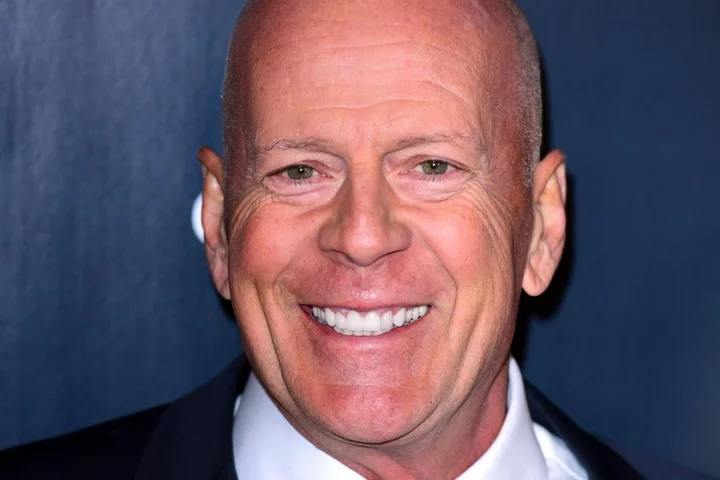
5 signs of frontotemporal dementia: Bruce Willis’s condition explained
Emma Heming Willis, actor Bruce Willis’ wife, provided an update on her husband’s health in a new interview with the Today show. She said being a celebrity does not change the reality of living with a disease like frontotemporal dementia. “You know what I’m learning is that dementia is hard. It’s hard on the person diagnosed, it’s also hard on the family,” she explained. “And that is no different for Bruce or myself or our girls. When they say this is a family disease, it really is.” Willis’ family first announced his diagnosis of frontotemporal dementia in March. At the time, they wrote they had the “deepest gratitude for the incredible outpouring of love” following the initial news. Here we take a closer look at the condition, known as FTD. – What is FTD? FTD refers to a group of illnesses that primarily affect the frontal and temporal lobes of the brain, which are associated with behaviour, personality, and language, per the Mayo Clinic. It’s often misdiagnosed as Alzheimer’s disease or a psychiatric problem, and it often begins between age 40 and 65. FTD accounts for between 10 and 20 per cent of all dementia cases. – What causes FTD? It’s not clear what causes FTD. Certain genetic mutations have been linked to the condition, but many people who develop FTD do not have a family history of the illness. The NHS says that, like other forms of dementia, FTD tends to develop slowly and get gradually worse over the years. – What are the symptoms of FTD? There are two types of FTD – behavioural variant FTD (bvFTD) and primary progressive aphasia (PPA). BvFTD, which results from damage to the frontal lobes of the brain, mainly causes problems with behaviour and personality. PPA, when damage occurs to the temporal lobes on either side of the head nearest the ears, causes language problems. Alzheimer’s UK says that FTD symptoms are “very different” to other more common types of dementia, such as day-to-day memory loss – adding that in the early stages of the disease, many people can still remember recent events. The symptoms can be distressing to family members, as they include lack of judgment, inappropriate social behaviour, decline in personal hygiene, compulsively putting things in one’s mouth, and eating inedible objects. People may also show a lack of interest in their activities, which is sometimes mistaken for depression, and they may exhibit a lack of empathy. – How is FTD treated? According to Dementia UK, there is no prevention or cure for FTD and it is often best to “focus on practical strategies to help the person live as well as possible with the diagnosis”. Willis’ family said that the lack of treatment for the disease was “a reality that we hope can change in the years ahead” with further research. They added that they hope media attention will be used to raise more awareness of FTD. “Bruce always believed in using his voice in the world to help others, and to raise awareness about important issues both publicly and privately,” they said. “We know in our hearts that – if he could today – he would want to respond by bringing global attention and a connectedness with those who are also dealing with this debilitating disease and how it impacts so many individuals and their families. “Bruce has always found joy in life – and has helped everyone he knows to do the same.” Read More Charity boss speaks out over ‘traumatic’ encounter with royal aide Ukraine war’s heaviest fight rages in east - follow live Kate gives a lesson in autumnal power dressing in a green trouser suit How can I boost my soil when I go peat-free? See Cate Blanchett champion sustainable fashion at glamorous Giorgio Armani show
2023-09-27 02:16

Climate Change Blamed as Record Rains Flood S. Africa’s Cape
Climate change intensified the torrential rain and flooding that’s swept South Africa’s Western Cape over the past two
2023-09-27 01:55
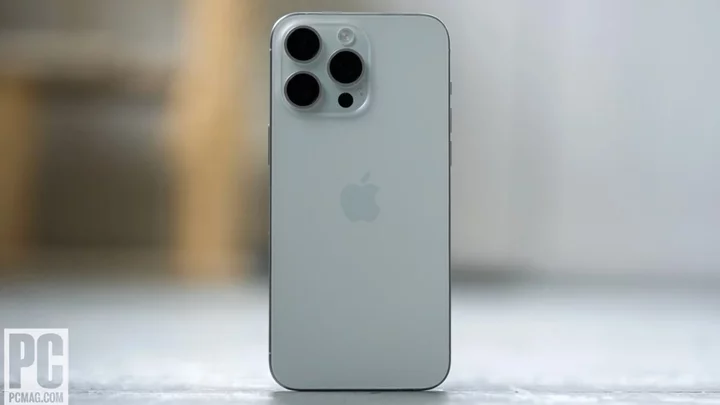
Too Hot to Handle? iPhone 15 Pro Models Face Overheating Complaints
Although the new iPhone 15 Pro models have been met with strong reviews, one complaint
2023-09-26 23:19
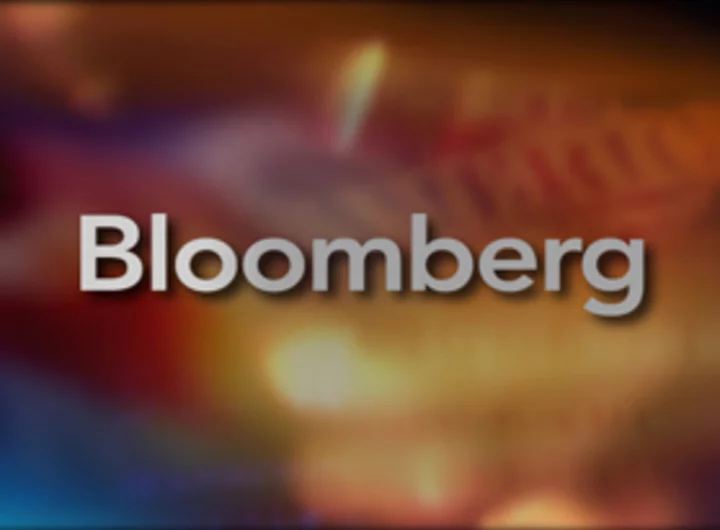
The 13 Most Exciting Restaurants in London This Season
London is going to be busy this autumn. First of all, expect lots of visitors: This year, there
2023-09-26 22:59
